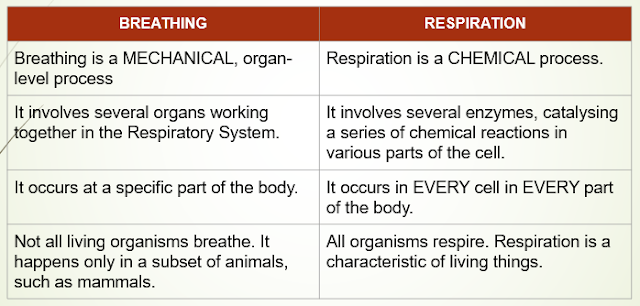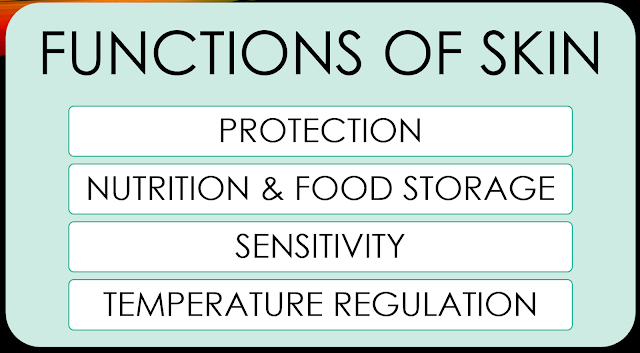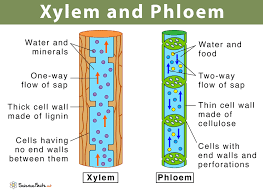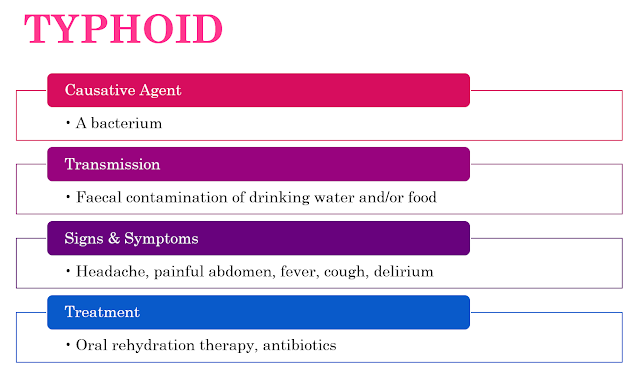HEALTH & DISEASE 101 [CSEC Biology & HSB]
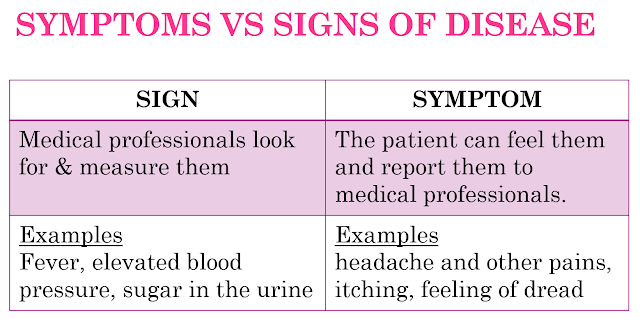
SYLLABUS REFERENCE CSEC HSB [D1] define the terms good health and disease; [D2] classify the types of diseases; [D3] differentiate between the terms signs and symptoms; CSEC Biology [B10.1] distinguish among pathogenic, deficiency, hereditary, and physiological diseases; [B10.5] discuss the treatment and control of the four main groups of disease; [B10.6] discuss the social, environmental, and economic implications of disease with reference to both plant and animal diseases.


